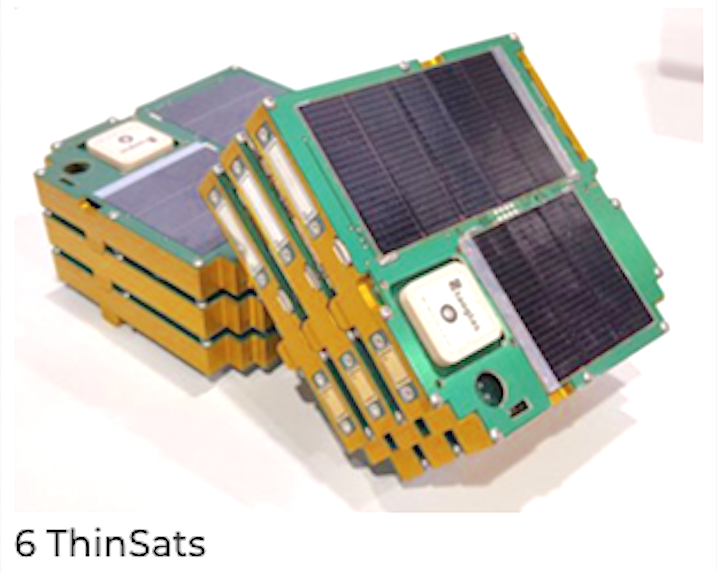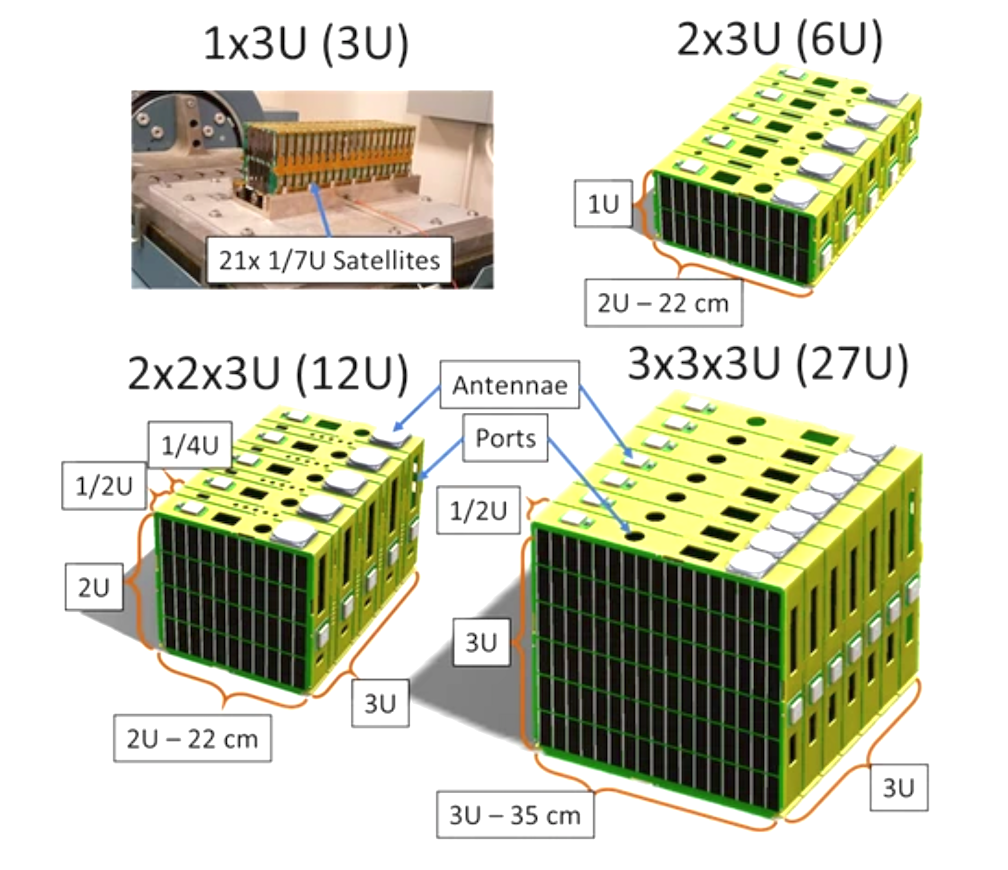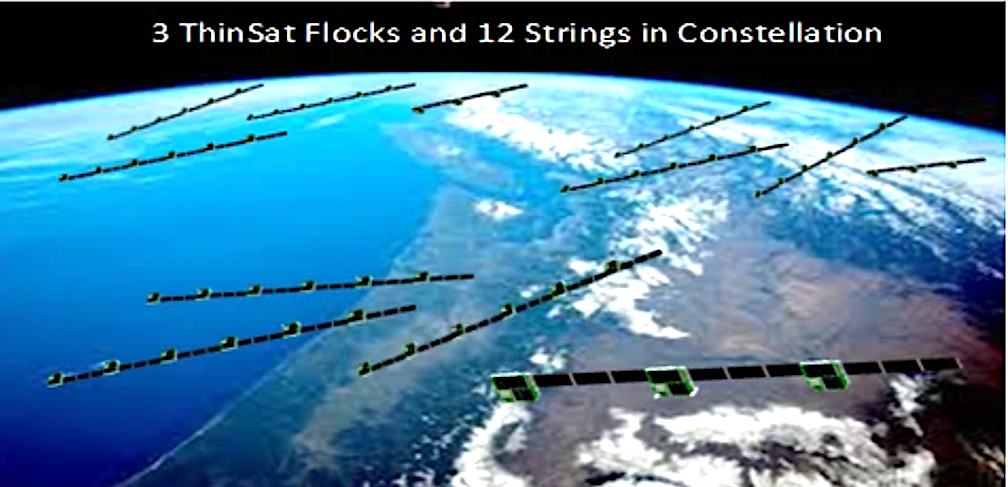Co-founder of TSL and Co-Inventor of the CubeSat, Bob Twiggs, stated, “To me, this (First ThinSat launch) was the most exciting day of my career.”

Corona or no corona virus, the Virginia middle and high school STEM programs are busy and getting ready to launch a second constellation of 30 small sats on February 20. Mission Success for NearSpace Launch Inc. (NSL) witnessed 60 ThinSat constellations that were launched off the Antares NG-11, to the International Space Station on April 17, 2019.

ThinSats permit larger payloads and subsystems (e.g. ADACs and propulsion). ThinSat Modules can also be tied together or in groups (Strings) to provide improved data collection, work flow, redundancy, and solar/battery power.
Now this second constellation is manifested to launch February 20, 2021. The 30 ThinSats were developed for Virginia Space as a STEM program for middle and high schools where more than 400 students participated in the testing and delivery of experiments. The school teams were overseen by Twiggs Space Labs (TSL).

The ThinSat, currently a fraction of a conventional cubesat, opens doors for countless research and educational ventures alike.
Co-founder of TSL and Co-Inventor of the CubeSat, Bob Twiggs, stated, “Our goal is to inspire future generations of engineers and scientists through innovation in the field of space.” Twiggs goes further to say, “To me, this (First ThinSat launch) was the most exciting day of my career.”
ThinSat is a new pioneering model for satellites that are scalable, simpler, and more affordable. Their focus is to broaden access to space for educational and space research participants.
The NSL’s EyeStar radios allow for 24/7 connectivity via Globalstar’s constellation and had 52 of the 60 ThinSat communicating in the first few hours.
The ThinSat inventor and co-founder of NSL, Hank Voss states, “ThinSats will travel in a region of the atmosphere that is important to climate and space weather forecasts, but rarely studied because atmospheric drag makes it hard to keep satellites there,” Voss also expressed, as an emeritus professor, he is “thankful to Virginia Space and Twiggs Space Labs for investing in the project that has a such strong STEM and research outreach.”
NearSpace Launch is now delivering a scaled up ThinSat to NASA and another constellation to Space Force for research and rapid manufacturing. NearSpace Launch, Inc. (NSL) has flown 450+ systems and subsystems in the past five years, with 100 percent mission success for all commercial and research missions. NSL manufactures and produces ThinSats, CubeSats, Black Boxes, and Globalstar enabled communication systems (EyeStar radios) for a variety of commercial, governmental, and educational applications.
NSL was founded following the successful mission of TSAT with Globalstar. The mission proved one could effectively connect 24/7 to an NSL EyeStar radio via the Globalstar constellation. NSL has a heritage of 10 FastBus CubeSats, 100+ EyeStar radios, 60 ThinSat and additional sub-systems all excelling at their respective mission tasks.
